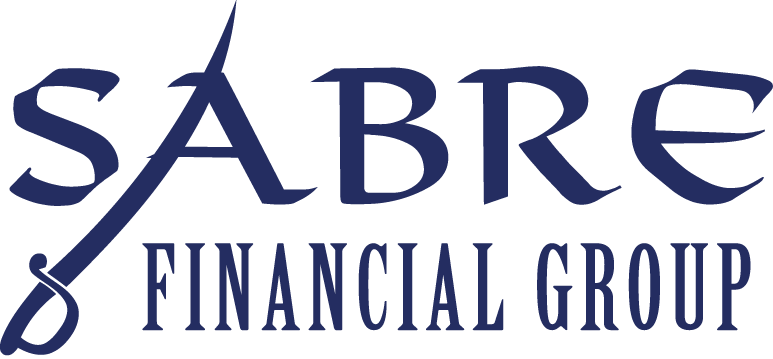
You’ve decided to expand your business by buying another business through acquisition or merger. You’ve taken the steps and researched to find your target company. Then, you’ve found the best company—and conducted valuation assessments and due diligence to maximize your chance that this business is worth the investment.
Before we explain the last step of the M&A process, our previous blog posts discussed how to find an acquisition target company and how to proceed to get started with the process. Read more below:
- Growth Through Acquisition: How Can I Find a Target Company?
- Growth Through Acquisition: How Should I Evaluate a Target Company?
However, after completion of the financial due diligence, the parties need to define terms and conditions – the deal structure – so that the lawyers can draft a purchase agreement.
Deal Structure
In an M&A process, a deal structure consists of the terms and conditions, which outline the rights and obligations between seller and buyer. This document ensures that both seller and buyer are satisfied with the agreed price, payment process, and the allocation of risks and rewards between both parties.
The deal structure must be mutually beneficial to both buyer and seller.
The deal structure needs to have the following to satisfy both parties:
- Suitable for the risk tolerance of each party
- Tailored for the control requirements of the buyer as well as the desired post-close incentives of the seller
- Customized to address any valuation gaps between parties
- Complementary with any requirements that an external lender or investor may apply
Of course, the buyer wants to buy at the most reasonable and lowest price. While the seller wants to sell at the highest acceptable price. One way to negotiate the deal structure, specifically to close any valuation gap, is via use of an earnout provision that provides not just one fixed value but a range of potential value depending on future success of the company.
For example, the seller wants $3M for the company, while the buyer wants to pay $2M. However, the seller persists in saying their company is worth $3M. The buyer can negotiate through an earnout, promising to pay the remaining $1M if the company meets its revenue or profit targets after closing the deal.
Forgivable Seller Note
Another option, the inverse of an earnout and one that may be more acceptable to some lenders, is the forgivable seller note. With this structure, the seller agrees to hold a note (i.e., provide a loan) for the amount of the valuation gap. The seller gets a guaranteed base value upon closing and expects to receive payment for the remaining value. This is received through installment payments over time. However, if the company fails to perform to expectations (pre-defined revenue or earnings levels), then the seller is forced to forgive (and not collect) some or all of the seller note.
From the example above, the buyer agrees to pay $3M to the seller assuming that certain future conditions are met. Upon closing, the buyer (or the external lender) pays $2M to the seller, which the seller is entitled to keep without any contingency. The buyer then plans to pay $1M over time on the forgivable seller note – but if the company does not meet its agreed targets, some or all of that additional $1M may be forgiven adn never due/paid to the seller at all.
Under both structures, the minimum value is $2M and the maximum value is $3M, depending on how the company performs. It is noteworthy, however, that SBA regulations allow for forgivable seller notes but do not permit a traditional earnout structure.
Asset Acquisition vs. Stock Purchase
Another key consideration of deal structure is whether the transaction will involve a purchase of the target company stock/unit/shares or a purchase instead of the company’s tangible and intangible assets.
- Asset Acquisition: The buyer will purchase specific assets of the target company but not the company itself. The buyer places the target assets into a new acquisition company.
- Stock Purchase: The buyer will acquire and control all or a portion of the seller’s shares and interests, and the liabilities generally will transfer to the buyer. No new company is created – the buyer just “steps into the shoes” of the exiting party.
Asset acquisitions typically include tangible assets such as real estate, equipment, licenses, and inventory. It also includes intangible assets like intellectual property, customer goodwill, etc., whereas stock purchases involve shares, units, or other units of ownership.
Stock Purchases
Stock purchases, among other pros/cons:
- Can expose the buyer to lawsuits or other pre-existing liabilities
- Can be problematic if minority shareholders refuse to sell the shares
- Can be beneficial if there are long-term customer contracts
- Must comply with more complicated state and federal security laws
Asset Purchases
Asset purchases, among other benefits/drawbacks:
- Could be beneficial to a buyer by providing a tax advantage if they purchase highly depreciable assets, step up their tax values, and then depreciate them as tax deductions over time.
- May require the buyer to re-establish contracts with existing customers
Buyers may prefer asset acquisitions because they may have some tax benefits and also the flexibility to carve-out liabilities. However, sellers may prefer stock purchases for the opposite reasons and because they can step away from the business completely.
The decision to structure a purchase of assets or shares is a complicated one. It can be highly fact-dependent on the target company and/or the parties involved. The parties should engage with legal counsel to discuss the relative merits of each option.
How Do I Finance the Acquisition?
To finalize the acquisition with payment, the buyer can pay with available cash and/or finance the purchase through many different types of loans.
SBA and USDA Loans
First, the buyer can request a loan through a Small Business Administration (SBA) or US Department of Agriculture (USDA) program.
- SBA 504 loan: must include the purchase of land, buildings, or other real property.
- SBA 7(a) loan: multipurpose financing vehicle used for various business needs, including acquisitions, buyouts, working capital, refinancing, real estate, or other needs.
- USDA loan: typically available only for targets and/or acquirers located in rural areas.
The buyer may want to proceed with the SBA. These loans may offer low interest rates, high leverage, and longer maturities/terms. An SBA lender may also be less restrictive with respect to collateral. They may also be more willing to focus on cash flow and ability/likelihood that the loan can be repaid. However, SBA loans may have a longer application process. As well as a host of regulations and requirements that need to be satisfied.
Conventional Loans
The buyer may instead finance through the bank with conventional loans. These loans also have competitive interest rates and are less bureaucratic and have a quicker timeline than the SBA. However, collateral coverage is often a sticking point for business acquisitions. The term/maturity period may be shorter than with the SBA.
Owner Financing
Lastly, the seller can finance some or all of the purchase price if terms and conditions are mutually agreeable. Owner-financing (also called seller-financing) has the advantage that the buyer and seller can agree to most any payments terms and structure they can imagine without the need to satisfy requirements and parameters of a third party. There are many reasons the seller would decide to provide financing to the buyer, but here are some examples.
- Forgivable seller note, to close a valuation gap between buyer and seller
- Poor or uneven financial performance of the target company such that a third party lender will not accept the risk
- Seller wants to earn interest and receive installment payments over time
- Urgency in selling the company, so they provide the buyer with the option to finance without the application process of the third party lender
Let us Help You Through the Acquisition Process
Sabre Financial Group can assist in structuring the deal between you and the seller and in securing quality financing. We will help you compare and contrast asset acquisitions and stock purchases tailored to your goals. In addition, we will walk you through a financing process that best suits your situation.

